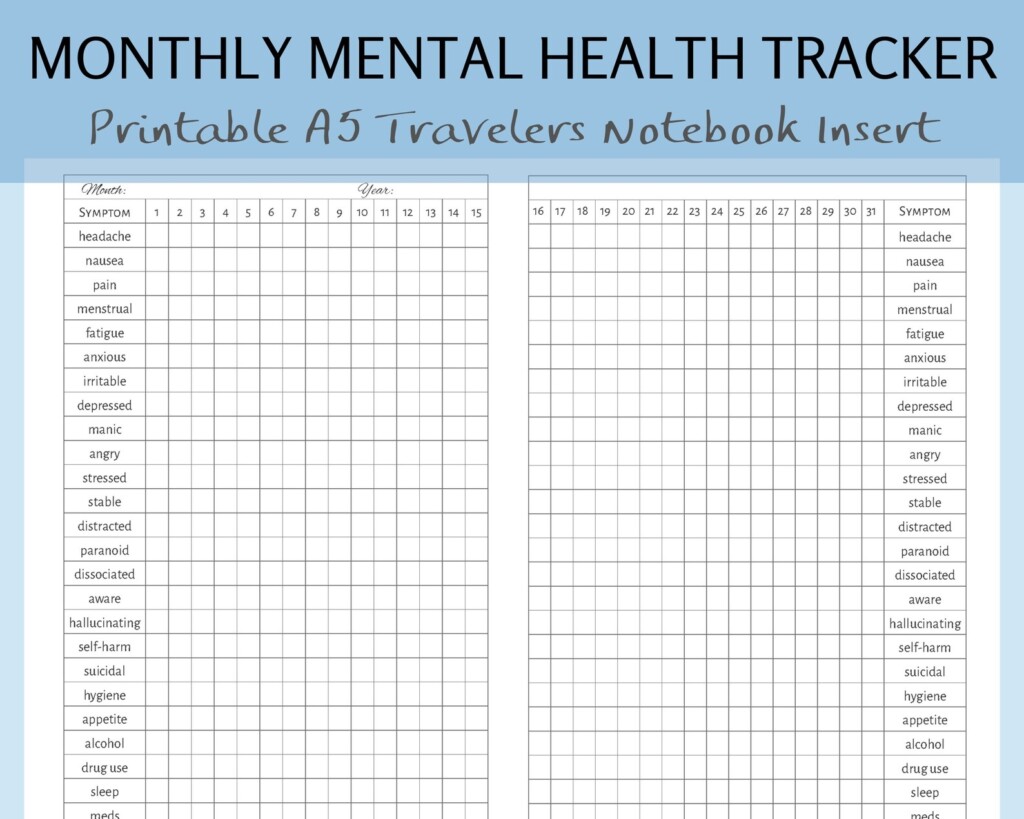Depression is a common mental health disorder that affects millions of people worldwide. It can manifest in various forms, including persistent sadness, feelings of hopelessness, loss of interest in activities, and changes in sleep and appetite. Managing depression requires a comprehensive approach that includes therapy, medication, and self-care practices. One useful tool for tracking and monitoring your mood is a mood tracker printable.
A mood tracker printable is a simple and effective way to keep track of your emotions and mental health on a daily basis. By recording your mood each day, you can identify patterns and triggers that may be contributing to your depression. This information can be valuable for both you and your healthcare provider in developing a treatment plan that works best for you.
The Benefits of Using a Mood Tracker Printable
One of the key benefits of using a mood tracker printable is that it allows you to visually see how your mood fluctuates over time. This can help you identify trends and patterns that you may not have been aware of otherwise. By tracking your mood consistently, you can also gain valuable insights into what activities, events, or people may be influencing your mental health.
In addition, a mood tracker printable can be a useful tool for communication with your therapist or healthcare provider. By sharing your mood tracker with them, you can provide them with a clear picture of your mental health journey and help them better understand your needs and progress. This can lead to more personalized and effective treatment plans that address your specific concerns and goals.
Tips for Using a Mood Tracker Printable
When using a mood tracker printable, it’s important to be consistent and honest in your recordings. Make it a habit to fill out your tracker at the same time each day, and be sure to accurately reflect your emotions and feelings. Remember that there is no right or wrong way to track your mood – the goal is simply to gain a better understanding of your mental health and well-being.
Additionally, don’t be afraid to experiment with different tracking methods and formats to find what works best for you. Some people prefer simple checklists, while others may find more detailed journaling prompts helpful. The key is to choose a format that is easy and enjoyable for you to use consistently.
